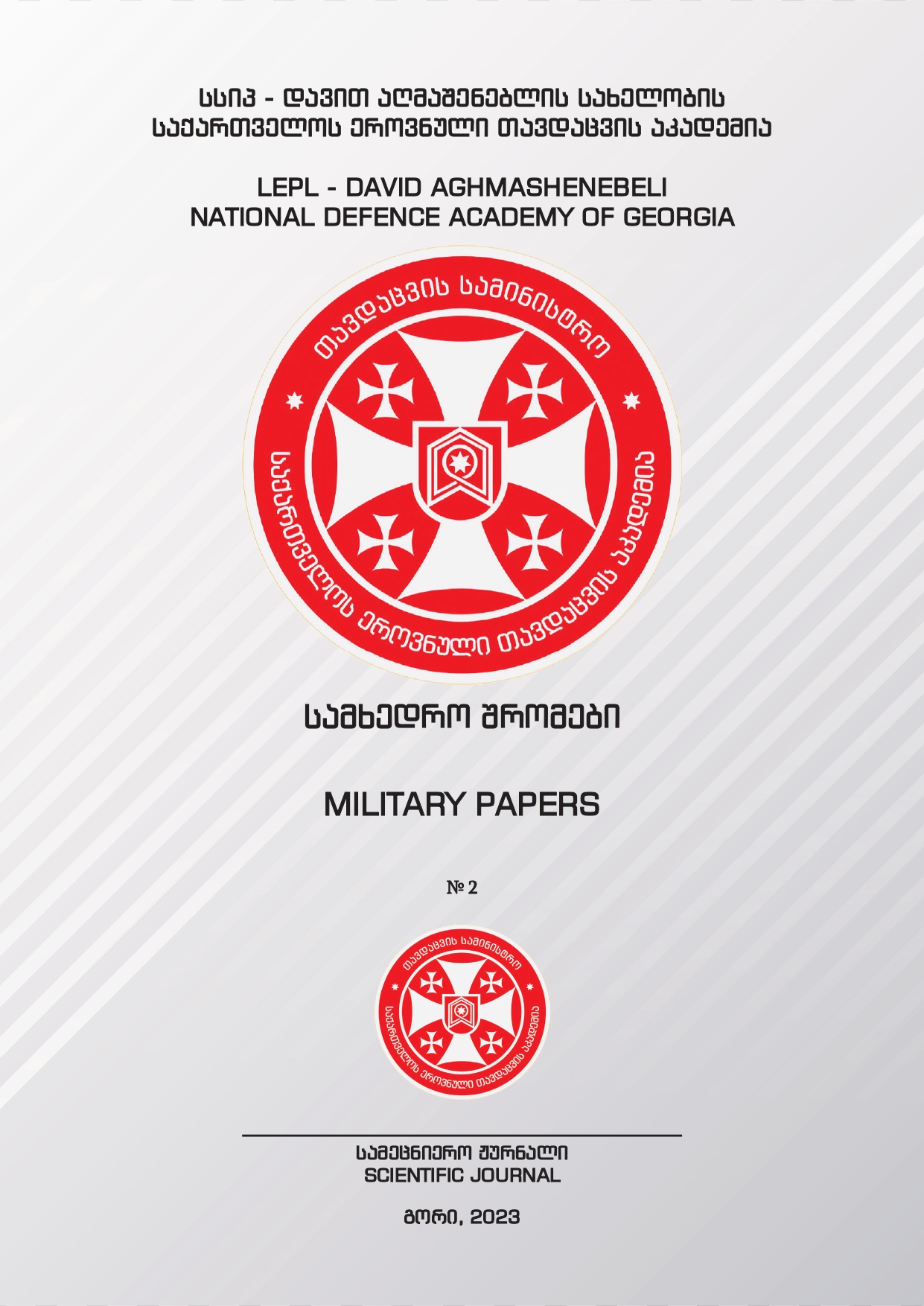Active Measures, Information Warfare and Information Operations, Areas of Their Use and Goals
Main Article Content
Abstract
This article deals with one of the most important threats in today’s reality, information warfare and operations that have their origins a long time ago. It is true that the named phenomenon had a different expression in actions in the past, but the goal was the same. Propaganda, disinformation, which at the same time is a component of active measures, was carried out by means of print media and mass media, proclamations were spread, and human resources were used to influence and strengthen influence. Today, all this has shifted to another level, cybernetization has changed not only social relations between individuals, but also increased threats and risks in interstate relations.
The active measure is mainly carried out (was carried out) both openly and covertly, it is a component of specific intelligence and counter-intelligence measures and operations, and its purpose is to exert a beneficial influence within the framework of foreign and domestic policy in accordance with the interests of the country.
The successful use of such measures began during the Cold War, which took place after the Second World War between the former allies - the Soviet Union and the United States of America. Similar ways and methods were used by the Soviet Union against the North Atlantic Organization, which it perceived as a threat to be reckoned with.
It is necessary to distinguish “active measures” from purely operational intelligence and counterintelligence, as well as diplomatic activities. Also, we should not equate it with the term “ideological operations” of Soviet origin, which in terms of content can be perceived as a similar manipulation, since it is carried out in order to influence the mood. As for the purpose of active measures, it is expressed in the impact on public opinion and views, as well as on the actions of individuals, states and public organizations. The motive may be to realize the interests of the country, government institutions operating on the basis of apparent order and welfare, to destroy the negative and polarized background in the society, to gain goodwill. Often, the motive can also be retribution and revenge against countries with which the subject country is in open or covert confrontation.
As we mentioned, in the past, the aggressor state could influence the target state by using various resources, in particular, it was necessary to make human efforts to exert a negative influence, to spread proclamations, to spread rumors, to tell anecdotes, but today all this can be done remotely, by placing the desired information in cyberspace, destructively on information systems. and sabotage attack, disruption of critical infrastructure, etc.
